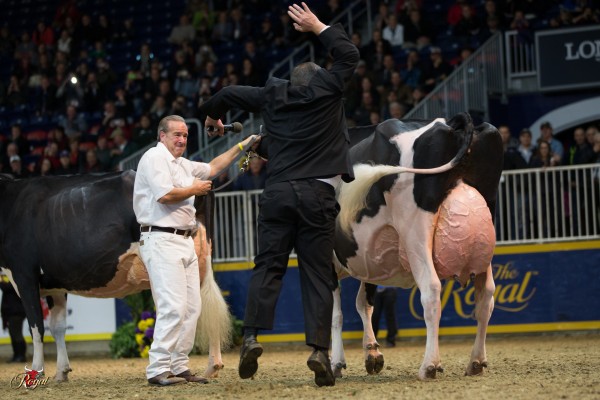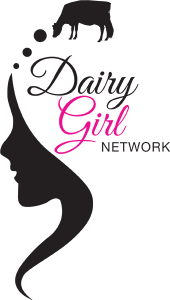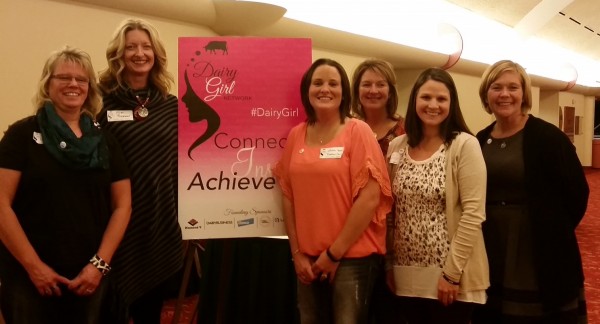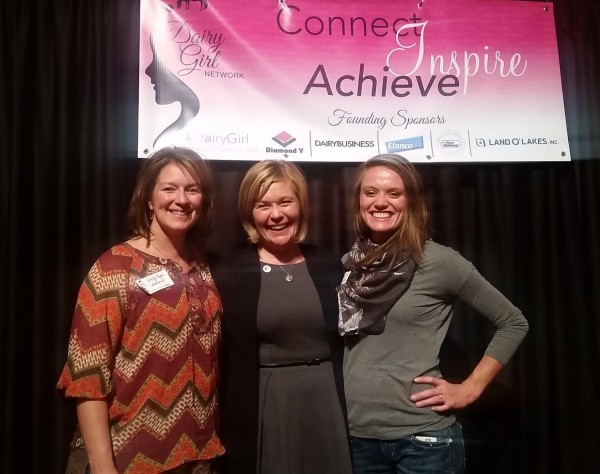One thing that has never gone out of style is the fun we get from referring to those we love by their nicknames. Elvis was “The King.” Bruce Springsteen “The Boss” and Bette Midler “The Divine Miss M.” But even in dairying, where pet names for our dairy cows are common, very few would have expected the Grand Champion at World Dairy Expo 2016 to be called, “Thomas”! Sheeknoll Durham Arrow was given the name “Thomas” by her first leads person. He was the five-year-old nephew of Arrow’s breeders. Obviously, the little guy already saw Thomas (aka Arrow) as a star because of his fondness for his #1 hero, Thomas the Tank Engine!
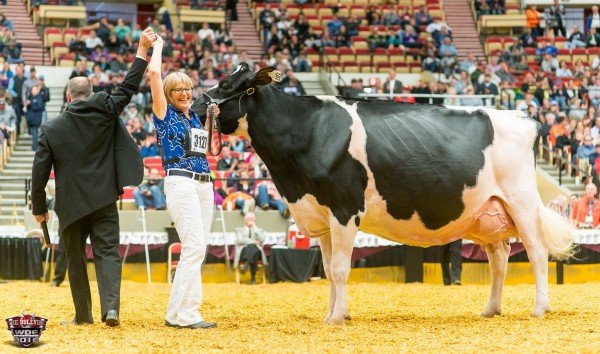
Winning “Grand” at World Dairy Expo is Rarely an “Overnight Success Story.”
Everyone will tell you how much hard work goes into being selected for first place in any class at World Dairy Expo. To be named Grand in a breed is the culmination of dedication, commitment and unrelenting attention to details. This is true for the 2016 Holstein Grand Champion, Sheeknoll Durham Arrow. Jeannette Sheehan outlines some of the behind the scenes effort that that took. “At Sheeknoll Farms, our primary focus has always been on developing a quality, healthy herd of Registered Holsteins with high milk and good type traits. We’ve used our passion for dairy judging as a guide to help develop the ideal type of cow for our farm. For decades, our family has been showing in 4-H and local Holstein Association shows, but it’s only been in the past ten years or so that we started showing at open shows, including the MN State Holstein Show, the Midwest Fall National Show and a few times at World Dairy Expo. Andrew began attending shows with his friends, Adam and Dana Johnson of Lida Acres, Pelican Rapids, MN, and Luke Olson and his family from Raylore Farm of Hutchinson, MN. Their group has quietly done well over the last decade showing home-bred cows at the regional shows and having fun in the process.” She concludes by noting that it is not all hard work and no play, “We’ve made some great friends because of our love for cows and dairy farming.”
“Arrow Will be a Great Show Cow Some Day.”
Success in the show ring can be achieved in many ways including genetics, showmanship, training, fitting and preparation. For the family at Sheeknoll, it started with the identification of Arrow’s potential. “Thomas was a solid, well put-together young cow with a great udder. When she was a recently fresh Jr. 2-year-old, we took her to the MN State Holstein Show, where she placed 5th in her class. We never thought anything of it until the judge that day, Callum McKinven, specifically told us after the show that she would be a great cow someday.” That observation was indeed prophetic because it encouraged Arrow’s owners to look at her from a different perspective. “At that time, Thomas was on TMR year-round with all the other cows until she was about four years old. After she had won Grand Champion at our state Holstein show as a 4-year-old, we realized she had show potential, so we created a separate pen for her. Thomas has calved in April every year for five straight years, which has helped her gain maturity and prove her worth both in conformation and functionality.” In 2016 she proved to be the best of the best!
Typical World Dairy Expo? Or Was it Exceptional?
When the day began, it was like any other day showing at World Dairy Expo. The usual anticipation of seeing the rewards for a lot of hard work. Nervous excitement is there for everyone, whether you’re behind the scenes, in the showring or in the audience. But then the judge pointed to the winner of the Aged Cow Class. That was a turning point for Jeanette, on the halter and the extended Sheehan family, wherever they were watching from. “We were so excited to win the class that we didn’t even think about Grand Champion honors at all until the Champion Bred and Owned class was in the ring. Because all the senior cow class winners, except the 4-year-old, were in that class, we suddenly realized that cow named Champion Bred and Owned could win it all.”
Thomas Takes the Spotlight in An Unforgettable Showcase
Each year we return home from World Dairy Expo with good memories. But can you imagine what it must be like for Sheeknoll Farms and the Sheehan’s after this 50th Anniversary crowning achievement? Jeanette gives us a look at how it was for her. “There were two memorable moments that stand out for us. One was getting pulled into first during the Aged Cow class. For some reason, Thomas wouldn’t lead well during that class, so we were all silently willing Thomas to start leading better. When the judge pointed at her for first, the crowd erupted like nothing that we had ever heard before. Andrew was watching from the floor, but couldn’t see the judge point at Thomas. So he actually thought the cheer was for a well-known cow people had picked out to win. Our friends, the Olsons, were watching the class with us and could see him point at Thomas. When Andrew asked them what happened, they were so shocked that all they could do was put up one finger to signify Thomas was in first. We were so excited because we had never won a class at Expo before! The second memorable moment was during the selection of Grand Champion, when the judge walked around the entire ring and worked his way back to Jeannette and Thomas to select her for Grand with an enormous and joyous high-five! It was an incredible and emotional moment- one we will never forget!”
There is Nothing More Exciting Than a Cinderella Story
With the crowning of Arrow, we all witnessed the rarity of homebred royalty. That it happened at the 50th Anniversary of World Dairy Expo meant that there was an additional element of a dream come true for the Sheehans. “This has been an incredible honor for all of us – a real dream come true! Honestly, it has taken a while for Thomas’ accomplishments to truly sink in! One of Jeannette’s all-time favorite expo memories was visiting World Dairy Expo and seeing Gene-Acres Felicia May Fury win Grand Champion. And now we and Thomas are on that same list of honored cow champions. It’s amazing.” It truly was a fairy tale day for Arrow from winning her class to becoming Grand of the Holstein Show. Even the Supreme Ball was a momentous achievement. Jeanette describes the excitement. “2016 has been a successful show year for Thomas, even before attending World Dairy Expo. She was named Grand Champion of both our MN State Show and the Midwest Fall National Show. However, the competition at Expo each year is extremely tough, and we knew that if we came in with high expectations, we could be humbled quickly. Quite honestly, we knew Thomas was a good cow, but we didn’t know how she would fare against the best of the best. That’s why we were so stunned when Thomas was named Grand Champion of the Holstein show. We’re proud to be both the breeders and owners of the cows we show, so having one of our home-bred cows win Grand Champion Holstein, and Reserve Supreme Champion was a dream come true!”
Arrow is Hitting the Target of Worldwide Recognition
While Arrow may not appear too changed by her achievement, her owners are amazed by the overwhelming response to Thomas’s success. “The reaction has been unbelievable! We’re amazed at all the support, congratulations, and notes of encouragement we’ve received from people worldwide. We’re so thankful that World Dairy Expo streamed the show online so our families and friends who couldn’t make it could watch Thomas in the ring, especially the Sheehan family members who were home taking care of the farm and Jeannette’s mom, Olive, who watched the entire show from start to finish. They could experience the emotion and excitement of that entire day too. Now that we’re home from Expo, we’re back to our normal farm life of doing chores, harvesting crops and milking cows. But twice a day as we milk Thomas, we’re reminded of that day at Expo and the unbelievable thrill we felt when she won!”
Arrow’s Owners Won’t Test Their Psychic Powers
Now that we have learned more about Sheeknoll Farm and Thomas we are inspired by their success and hope to learn how to do the same. Having led Thomas to the pinnacle of show ring at World Dairy Expo, we asked them what they foresee for her in the future. They make it clear that they don’t have a crystal ball but, at the same time, it isn’t surprising that they do have short and long term action plans for her. “We plan on implementing an IVF program to obtain more females and embryos from Thomas. We only have a few daughters currently on the ground, so we hope to add offspring from her to our herd in the near future. We also plan to merchandise females and embryos from her soon. She also has a June 2016 Doorman daughter, Sheeknoll Doorman Arrow, selling in the Sale of Stars next month.” That sounds well thought out, but that’s what you would expect of the Sheehans. The unexpected Sheeknoll Farm has also already achieved.
The Bullvine Bottom Line
Dairy cattle breeders dream of leading a winner on the colored shavings at World Dairy Expo. Doing that and leading a winner that you bred is a rarity. The Sheehan family modestly insist that not much has changed since their World Dairy Expo achievement. “Arrow’s life isn’t much different than before she won – except she has a few more visitors to her pen and she appears in more selfies now!” And of course, in dairy circles, “Thomas” (aka Durham Arrow) is now a household name!
Get original “Bullvine” content sent straight to your email inbox for free.







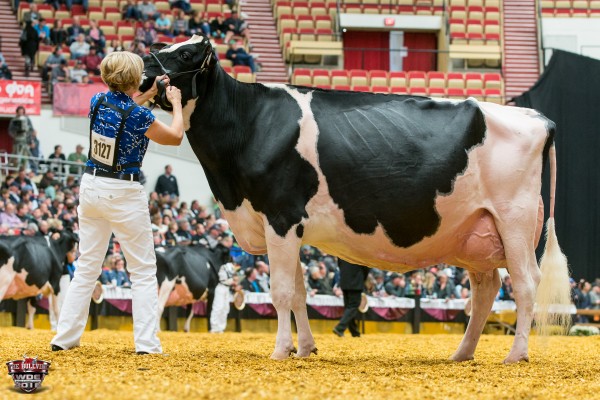
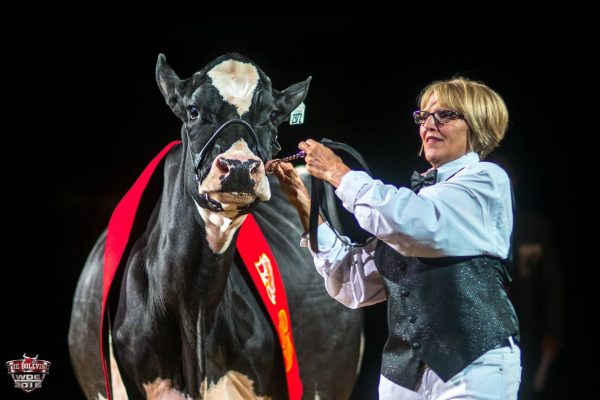
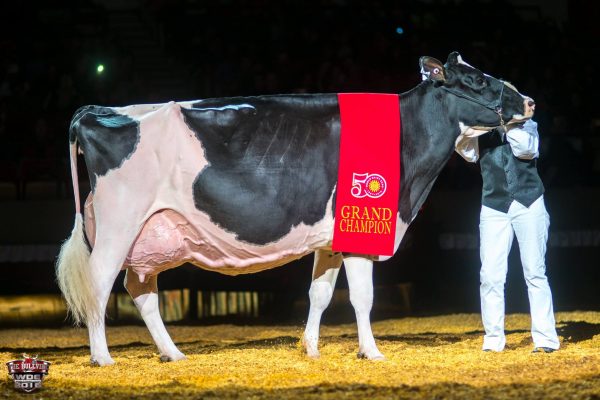

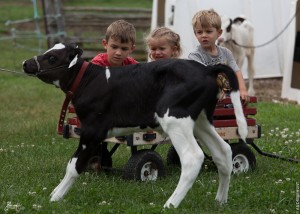 FARM KIDS ON THE HIGHWAY. ARE THEY SAFE or SORRY?
FARM KIDS ON THE HIGHWAY. ARE THEY SAFE or SORRY?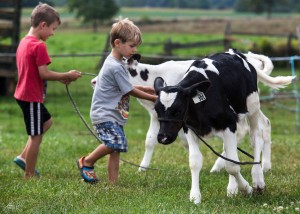 IS MONEY AT THE ROOT OF ALL FARM KID EVIL?
IS MONEY AT THE ROOT OF ALL FARM KID EVIL?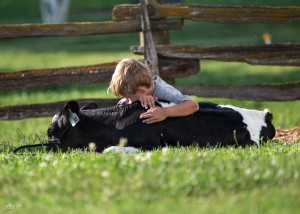 Farm Youth Are Being TARGETED by Animal Rights ACTIVISTS
Farm Youth Are Being TARGETED by Animal Rights ACTIVISTS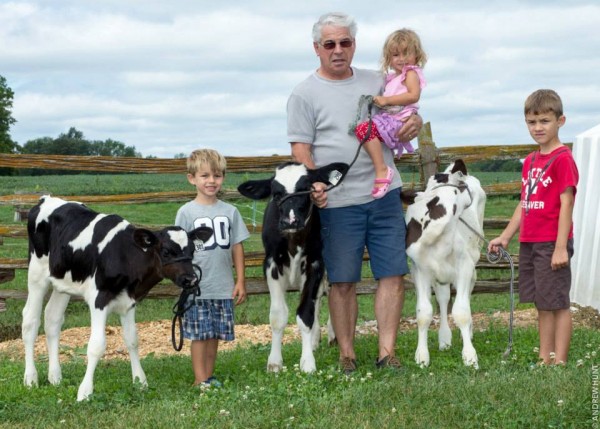
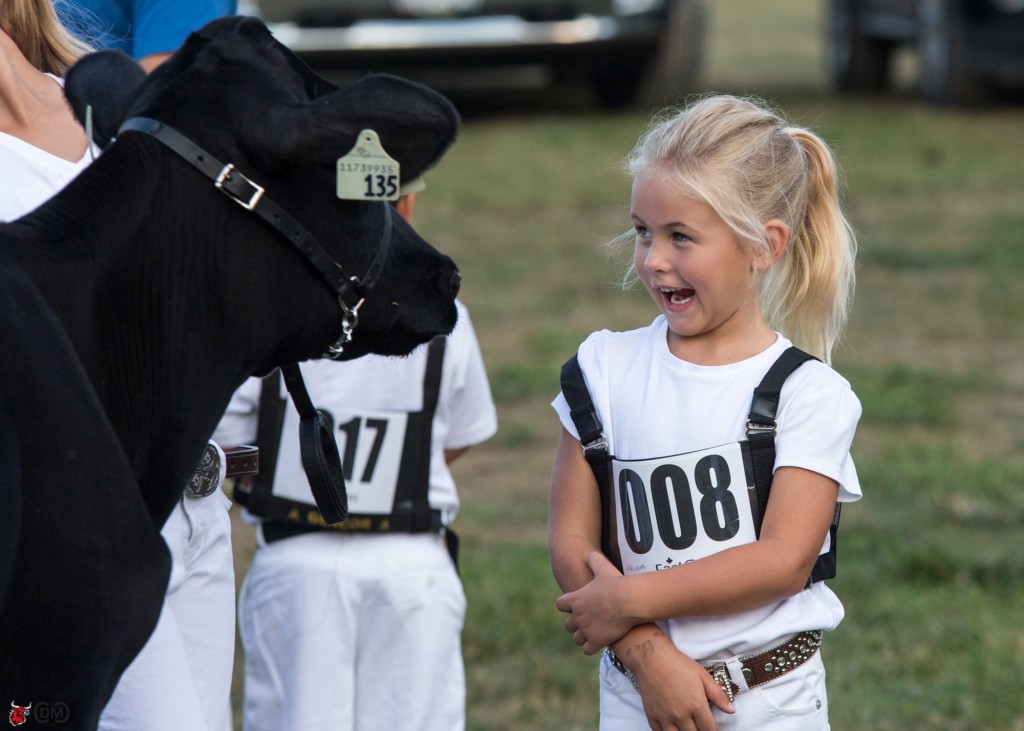
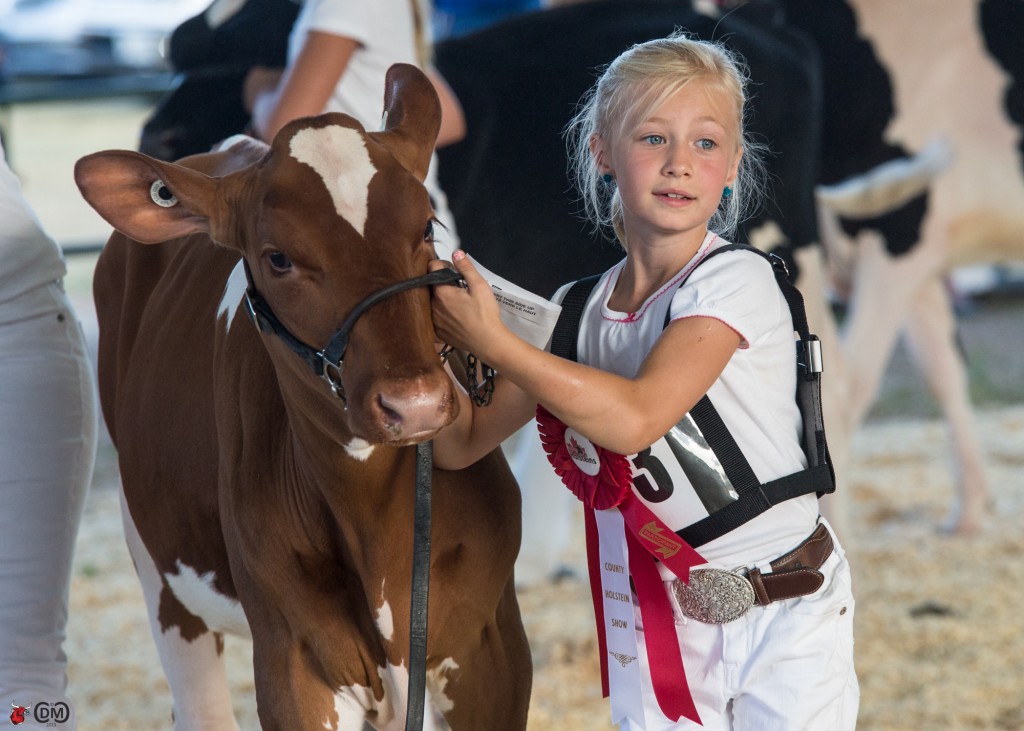
![DSC04112[1]](https://www.thebullvine.com/wp-content/uploads/2016/09/DSC041121-300x200.jpg)
![DSC05399[1]](https://www.thebullvine.com/wp-content/uploads/2016/09/DSC053991-200x300.jpg)
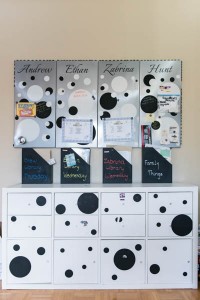 COMMAND CENTER
COMMAND CENTER CONTROL CENTER
CONTROL CENTER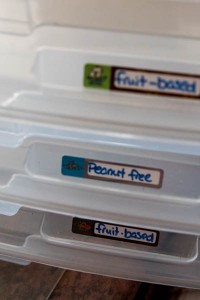 THE LUNCH CENTER
THE LUNCH CENTER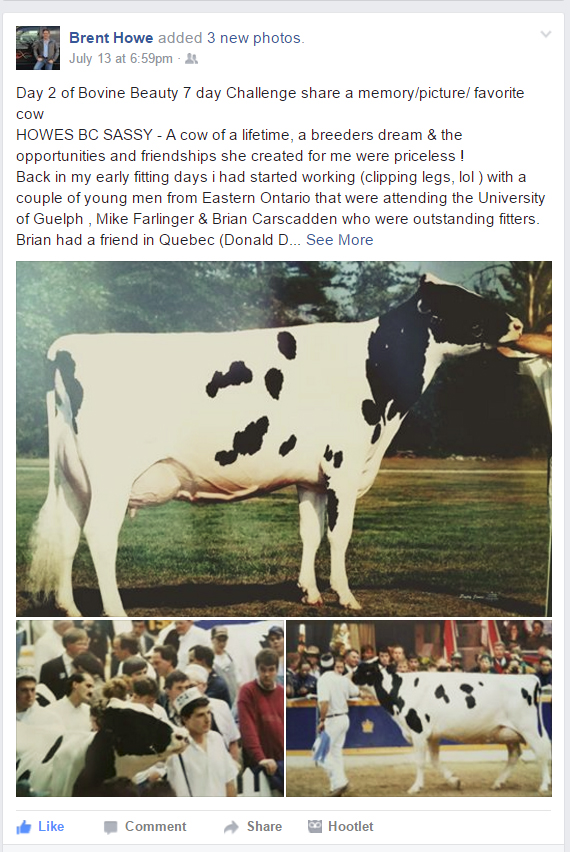
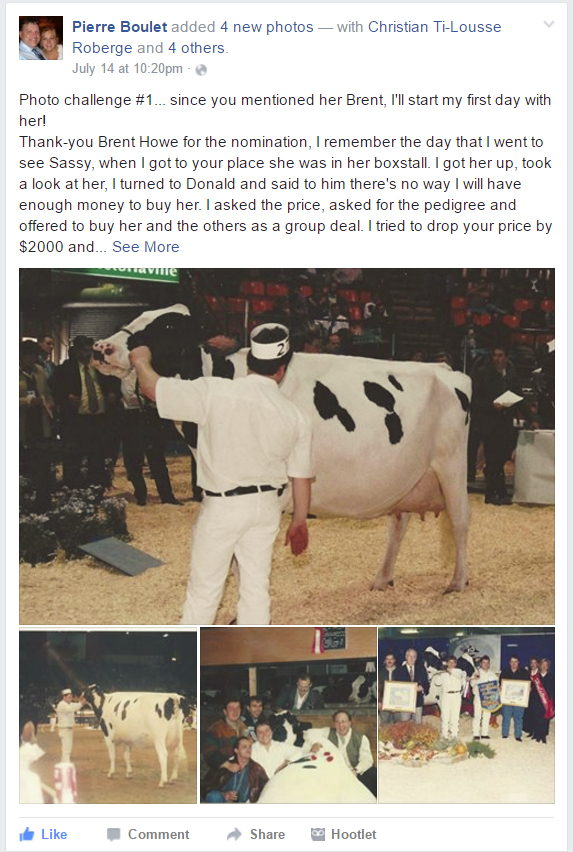
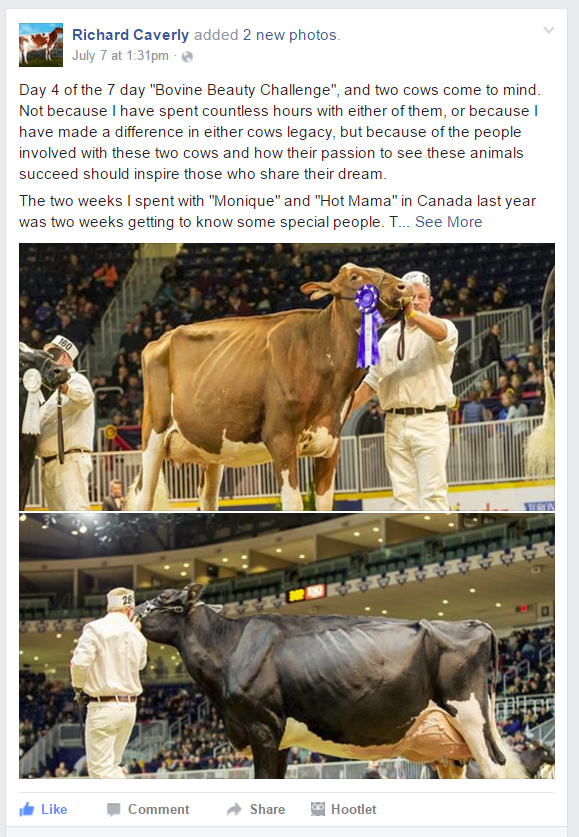
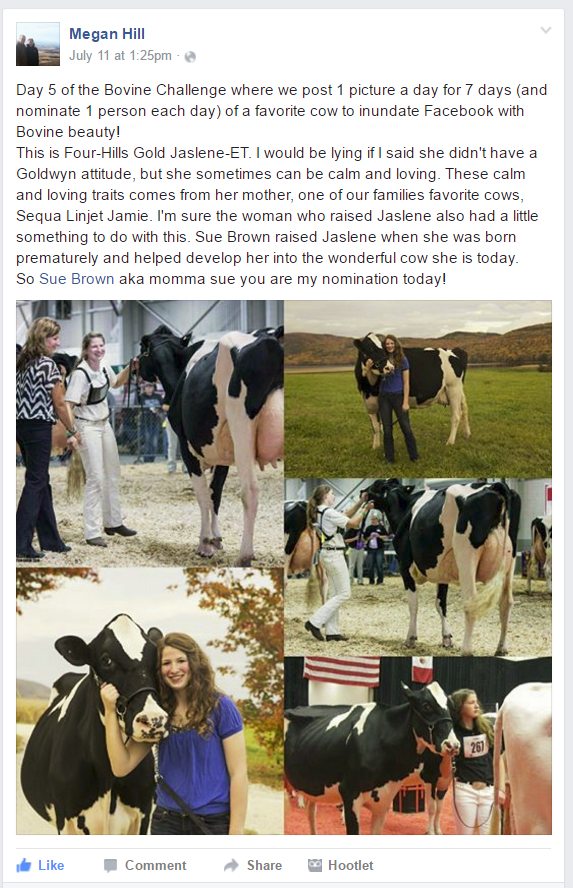
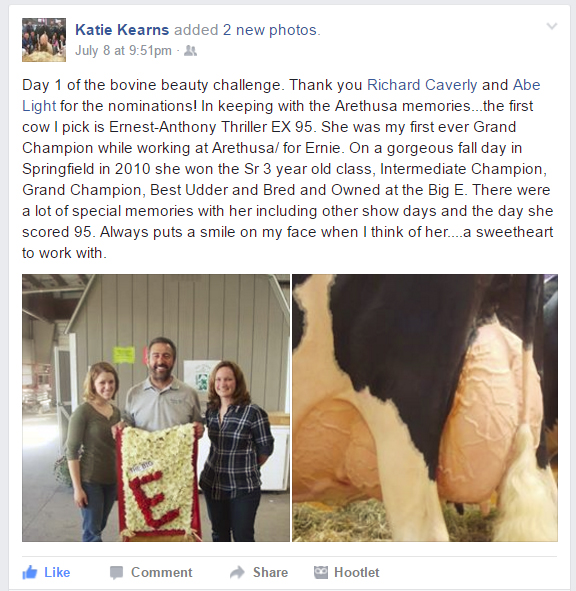
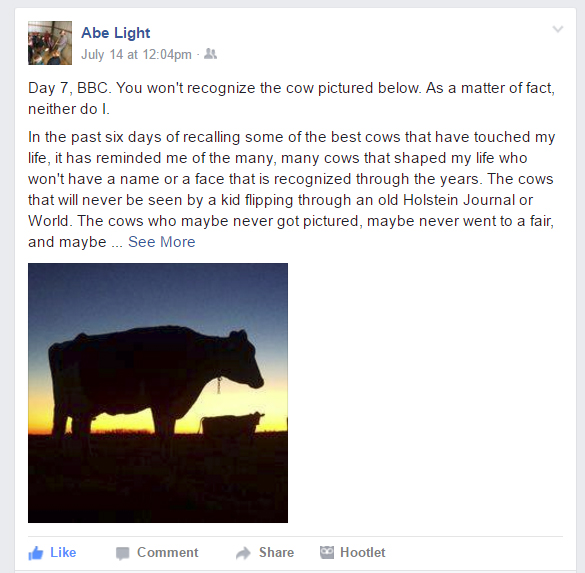
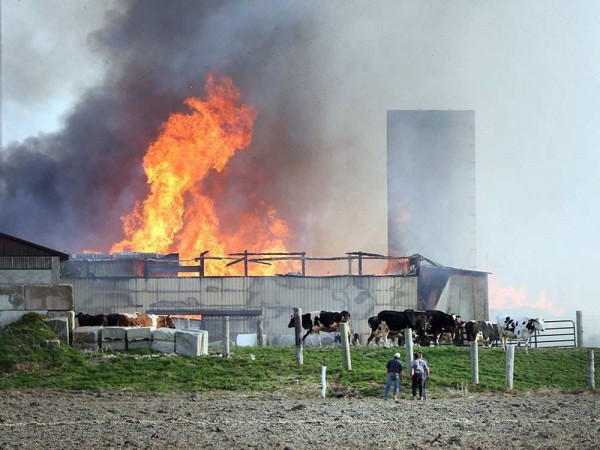


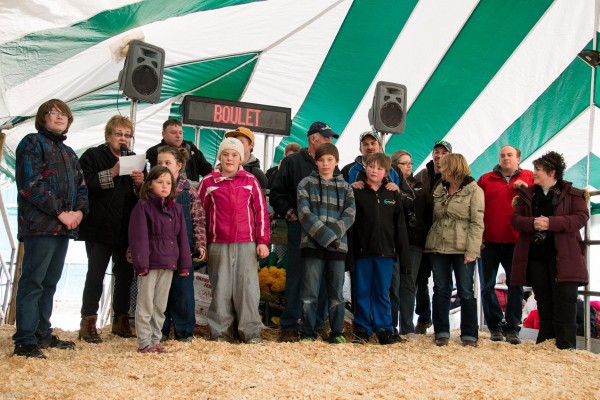
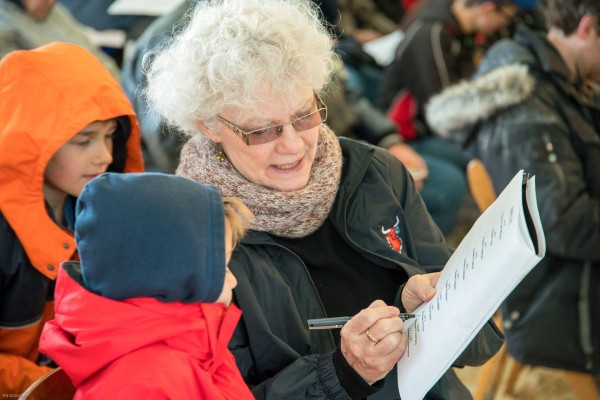

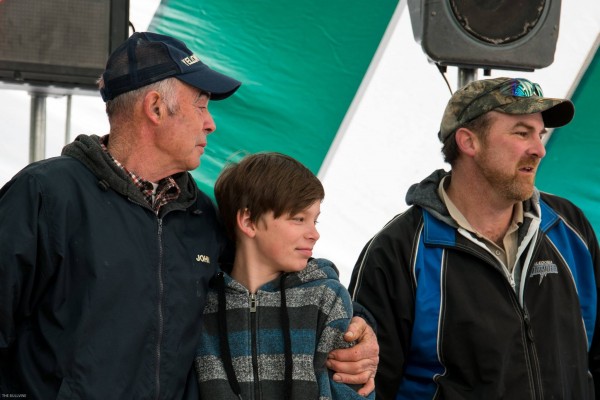
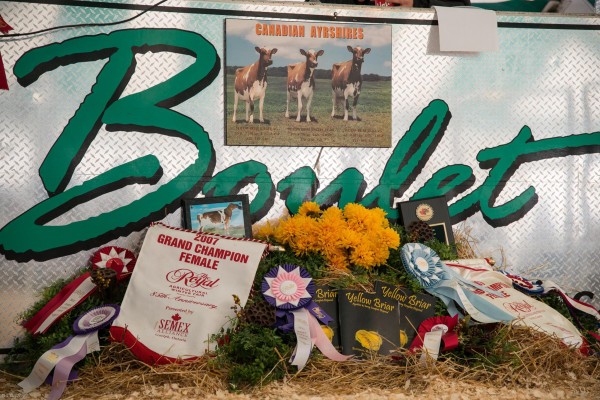
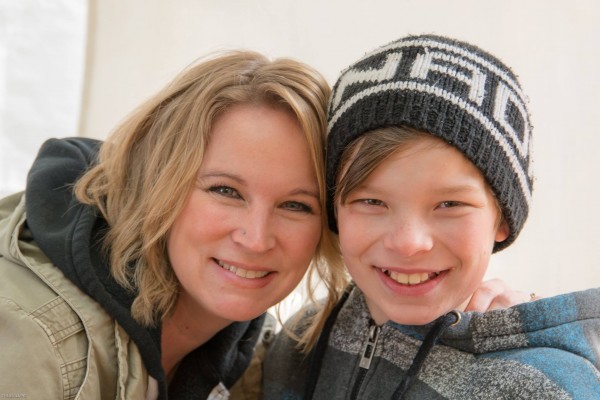
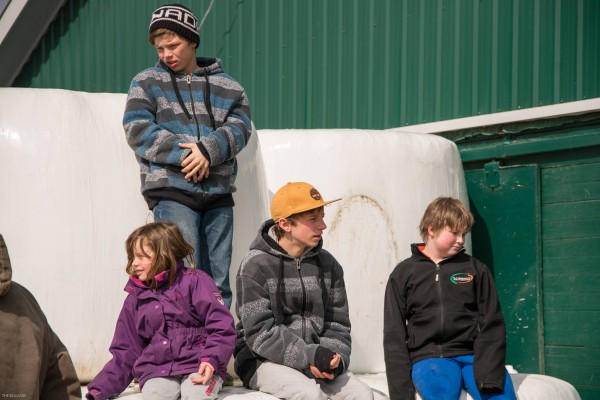


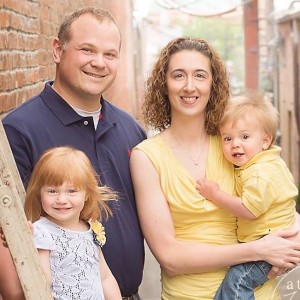 When you come from a fifth generation dairy farm, it is sometimes hard to put a single label on exactly what you do. That’s especially true if you live off the farm as is the case for Mary Mackinson Faber. Raised on the family farm located north of Pontiac, Illinois, Mary is well aware of the 24/7 commitment it takes to manage 165 milking cows and over 150 heifers and calves. In addition, there are roughly 2,000 acres of cropland where the Mackinson’s grow corn, soybeans, wheat and alfalfa.
When you come from a fifth generation dairy farm, it is sometimes hard to put a single label on exactly what you do. That’s especially true if you live off the farm as is the case for Mary Mackinson Faber. Raised on the family farm located north of Pontiac, Illinois, Mary is well aware of the 24/7 commitment it takes to manage 165 milking cows and over 150 heifers and calves. In addition, there are roughly 2,000 acres of cropland where the Mackinson’s grow corn, soybeans, wheat and alfalfa.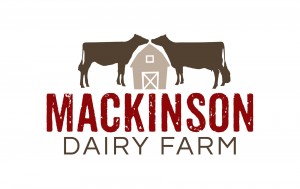 “Going Mobile Makes a Big Difference”
“Going Mobile Makes a Big Difference” There are many ways to make a positive contribution on behalf of agriculture. Mary explains. “I encourage everyone in agriculture to speak honestly about what you do, why you do it and what you love about your way of life. As a Mom, I understand how important it is for other moms and parents to not only know where their food comes from but whom is taking care of the land. Therefore, my blog topics tend to focus on questions a consumer might have while grocery shopping, like the differences between skim, 2% and whole milk to why certain containers of cow’s milk have a longer expiration date. In addition to our blog, I am a contributor to
There are many ways to make a positive contribution on behalf of agriculture. Mary explains. “I encourage everyone in agriculture to speak honestly about what you do, why you do it and what you love about your way of life. As a Mom, I understand how important it is for other moms and parents to not only know where their food comes from but whom is taking care of the land. Therefore, my blog topics tend to focus on questions a consumer might have while grocery shopping, like the differences between skim, 2% and whole milk to why certain containers of cow’s milk have a longer expiration date. In addition to our blog, I am a contributor to 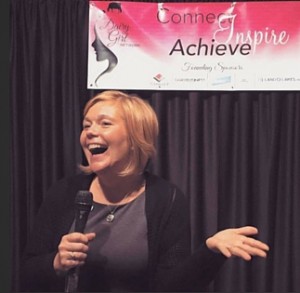 “One-on-One Builds Sharing and Caring”
“One-on-One Builds Sharing and Caring”